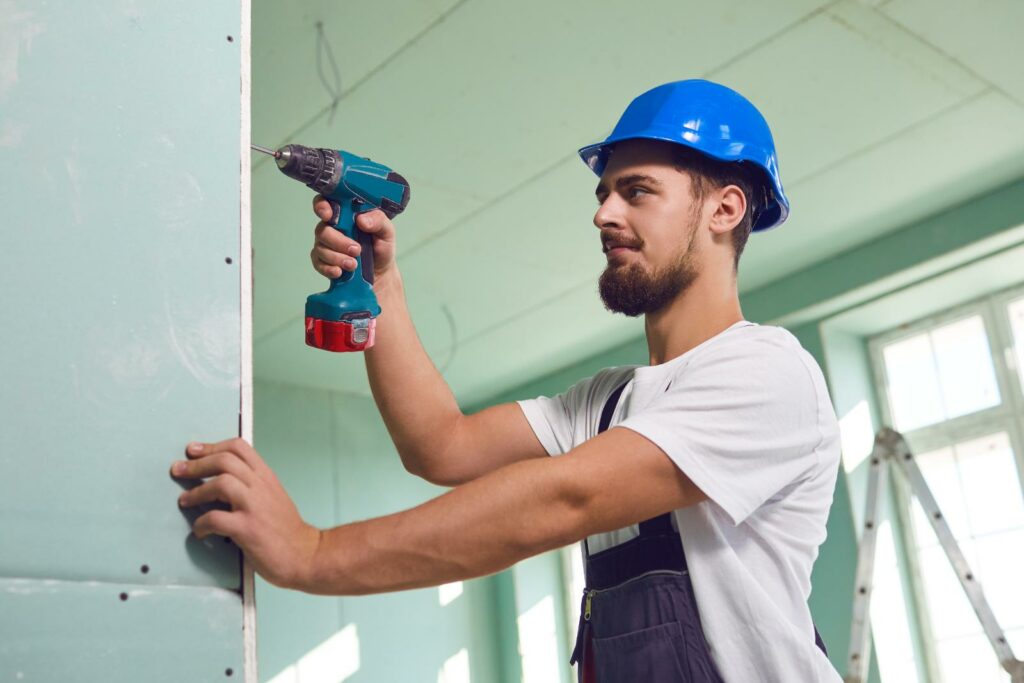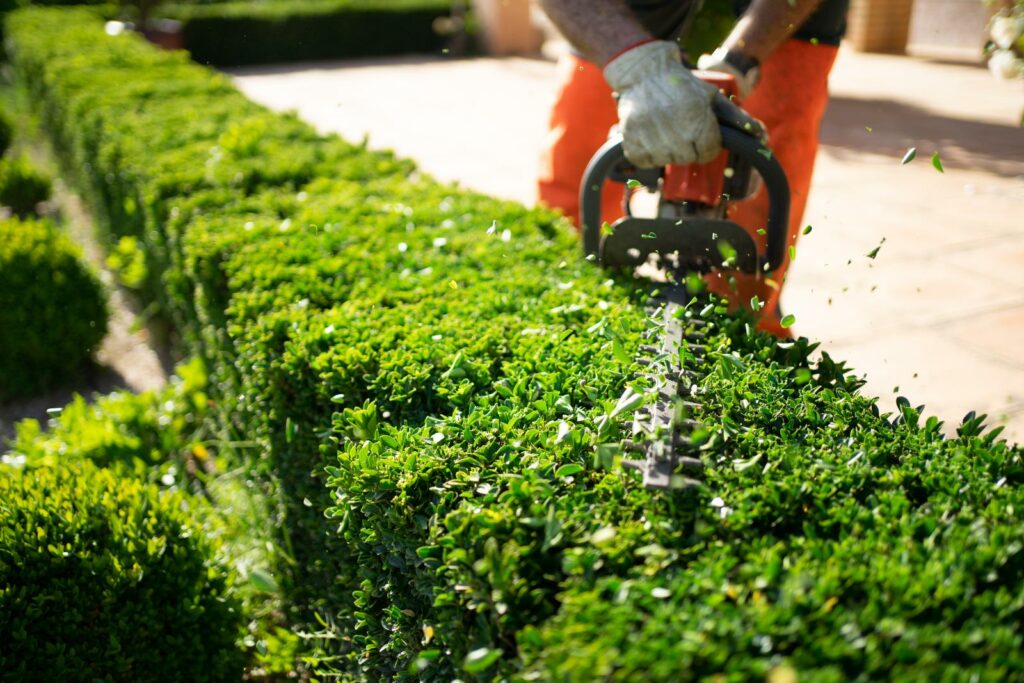Contents
When it comes to ensuring the longevity and functionality of your roof, knowing the top inspection practices is essential. From the importance of regular check-ups to the tools needed for a thorough examination, there are key elements to keep in mind in maintaining your roof’s integrity. By focusing on specific areas and being aware of common issues, you can proactively address any concerns before they escalate. Stay tuned to discover the essential steps that will help you keep your roof in top shape and protect your property.
Key Takeaways
- Regular inspections preserve roof integrity and prevent escalation of problems.
- Focus on checking roof material, flashing integrity, sealant condition, and common roof issues.
- Utilize proper tools like a sturdy ladder, flashlight, binoculars, tape measure, and hammer.
- Ensure safety measures like stable ladder placement, personal protective equipment, and a spotter.
- Professional training, certification, hands-on experience, and continuing education are crucial for effective inspections.
Importance of Regular Inspections
Routine roof inspections are crucial for preserving the structural integrity and longevity of your roof. By conducting regular inspections, you guarantee that any small issues are identified and addressed promptly, preventing them from escalating into more substantial problems. The frequency of inspections greatly impacts the overall health of your roof. Ideally, you should schedule inspections at least twice a year, in the spring and fall, to coincide with seasonal changes and potential harsh weather conditions.
The benefits of regular roof inspections extend beyond just identifying issues early. By maintaining a consistent inspection schedule, you can greatly prolong the lifespan of your roof. Timely detection and repair of any damage or wear and tear help prevent costly repairs or even premature roof replacement. Proper maintenance through inspections can also enhance the overall performance of your roof, ensuring it continues to protect your home effectively for years to come. Remember, investing time in regular roof inspections now can save you from dealing with more extensive problems in the future.
Key Areas to Focus On
When conducting a roof inspection, you should pay close attention to the condition of the roof material. Ensure there are no signs of wear, cracks, or missing shingles.
Additionally, it’s important to inspect the integrity of the flashing to prevent water intrusion and leaks at vulnerable points.
Roof Material Condition
Inspecting the roof material involves thoroughly examining key areas for signs of wear, damage, or deterioration. Consider these maintenance tips and repair solutions to maintain the roof’s integrity. Start by evaluating for weather damage, such as missing shingles, curling, or cracks, which can lead to leaks.
Look out for signs of aging like granule loss or discoloration, indicating the need for possible repairs. Check the roof for sagging areas, which could signal underlying structural issues. Pay attention to areas around chimneys, vents, and skylights, as they’re prone to leaks if not properly sealed.
Flashing Integrity Check
To safeguard the integrity of your roof’s flashing, focus on examining key areas prone to leaks and water infiltration. Essential flashing maintenance is vital for leak prevention and ensuring the longevity of your roof.
Start by checking the flashing around chimneys, vents, skylights, and edges where different roof angles meet. Look for signs of damage, such as cracks, gaps, or missing pieces that could allow water to seep in. Pay close attention to any areas where the flashing may have lifted or become loose.
Make sure that the flashing is securely attached and properly sealed to prevent water from penetrating underneath. Regularly inspecting these key areas will help maintain the effectiveness of your flashing and protect your roof from potential water damage.
Sealant Inspection Areas
Conduct a thorough inspection of the sealant by focusing on specific areas that are prone to wear and tear, such as joints, seams, and intersections.
Essential sealant application is vital for leak prevention on your roof. Start by examining the sealant around vents, chimneys, skylights, and any other roof protrusions. Check for any cracks, gaps, or missing sealant that could lead to water infiltration.
Additionally, pay close attention to the areas where different roof materials meet, as these intersections are common spots for sealant deterioration. Make sure to look for signs of peeling or separation in the sealant layers.
Tools for Thorough Examination
What essential tools do you need to conduct a thorough examination of the roof?
To guarantee a thorough roof inspection, equip yourself with the following essential tools:
- a sturdy ladder to access different parts of the roof safely
- a flashlight for inspecting darker areas
- binoculars for a closer look at hard-to-reach areas
- a tape measure to assess dimensions accurately
- a hammer to check for soft spots
- a pair of gloves for safety and grip
- a camera to document findings.
Utilize these tools in conjunction with proper inspection techniques and safety precautions to carry out a detailed examination.
Always prioritize safety by wearing appropriate gear and being cautious when moving around the roof. Regularly maintain your equipment to ensure it functions effectively during inspections.
Proper maintenance practices include cleaning tools after each use, storing them in a dry place, and replacing any damaged or worn-out tools promptly.
Identifying Common Roof Problems
When inspecting a roof, it’s essential to be able to identify common problems that may affect its integrity and longevity. One of the most critical issues to look out for is leak detection. Water infiltration can lead to extensive damage if not addressed promptly. Signs of leaks include water stains on ceilings, damp insulation, or mold growth.
Checking the roof for missing, cracked, or damaged shingles is vital as it can leave the underlying structure vulnerable to water penetration. Additionally, pay close attention to the roof’s structural integrity. Look for sagging areas that could indicate a roof decking or support problem.
Additionally, inspect the flashing around vents, chimneys, and skylights, as damaged flashing can be a common entry point for water. By being diligent in identifying these common roof problems, you can help maintain the roof’s functionality and prolong its lifespan.
Safety Measures for Inspectors
Regularly evaluating potential risks and implementing precautionary measures are fundamental aspects of ensuring the safety of inspectors during roof inspections. Safety protocols play a vital role in maintaining a secure work environment.
Before starting any inspection, always check that your ladder is in good condition, with no broken steps or loose parts. Secure the ladder on stable ground, ensuring it’s at the correct angle to prevent tipping. Utilize ladder levelers if needed to stabilize on uneven surfaces. When climbing, maintain three points of contact at all times, and never lean too far to either side. It’s advisable to have a spotter present to assist with ladder stability, especially on windy days.
Additionally, wearing appropriate personal protective equipment, such as non-slip footwear, helmets, and harnesses when necessary, further enhances safety. By adhering to strict safety protocols and practicing proper ladder usage, inspectors can greatly reduce the risk of accidents and injuries during roof inspections.
Reporting and Documentation Guidelines
To guarantee accurate and thorough roof inspection reports, meticulous attention to detail in documenting findings is essential. Inspection accuracy is key, and this starts with thorough data collection during the inspection process.
When documenting your findings, it’s essential to utilize digital reporting tools. Digital reporting not only enhances efficiency but also provides a structured format for organizing inspection data.
Visual documentation is another important aspect of reporting guidelines. Including photographs and videos in your reports can provide clear evidence of the roof’s condition and any issues that need addressing. These visual aids can help both you and your clients better understand the inspection results.
Professional Training and Certification
Professional training and certification play a pivotal role in ensuring the competency and expertise of individuals conducting roof inspections. To excel in this field, it’s important to meet certification requirements and undergo hands-on training. Continuing education is also essential to stay updated with the latest industry standards. By prioritizing training and certification, you demonstrate your commitment to professionalism and quality in roof inspections.
Here are some key points to keep in mind:
- Certification Requirements: Understanding the specific qualifications and certifications needed is essential for establishing credibility in the field.
- Hands-On Training: Practical experience is invaluable for honing your skills and developing a keen eye for detail during inspections.
- Continuing Education: Keeping abreast of advancements and changes in the industry through ongoing education ensures you maintain a high level of proficiency.
- Industry Standards: Adhering to established industry standards ensures that your inspections are thorough, accurate, and reliable.
Summary
You’ve learned the importance of regular roof inspections to maintain integrity and address issues promptly.
Focusing on key areas, using the right tools, and following safety measures can ensure the longevity and durability of your roof.
Stay proactive and vigilant to avoid costly repairs in the future.
Keep inspecting and protecting your roof for a reliable and secure structure.




